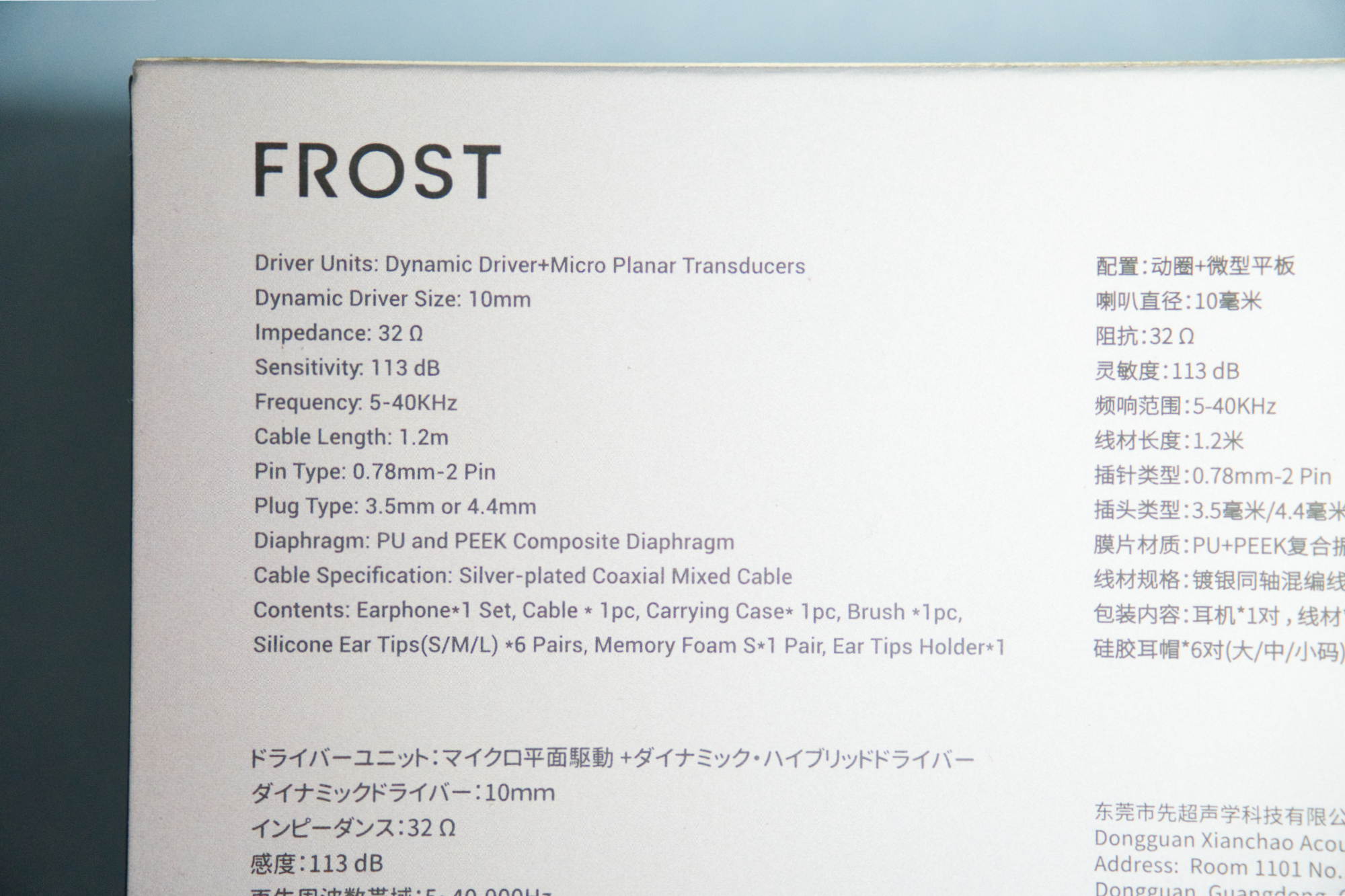BQEYZ Frost Review | ICE is HARD but it MELTS to- Argha
Partager
ICE is HARD but it MELTS to
BQEYZ Frost Pros:
2. Mid-bass provides a satisfyingly full, warm, and thumpy foundation to music
3. The overall dynamic presentation is notably impressive and engaging across genres
4. Attack and decay characteristics across the entire bass region sound authentically analog
5. The IEM maintains a distinct separation for the bass layer, which enhances overall clarity
BQEYZ Frost Cons:
2. Overall resolution and the retrieval of micro-details are noticeably limited by dips in the treble response
3. The lower treble region, responsible for clarity and attack, exhibits some unevenness and slight discontinuity
4. Spatial Imaging
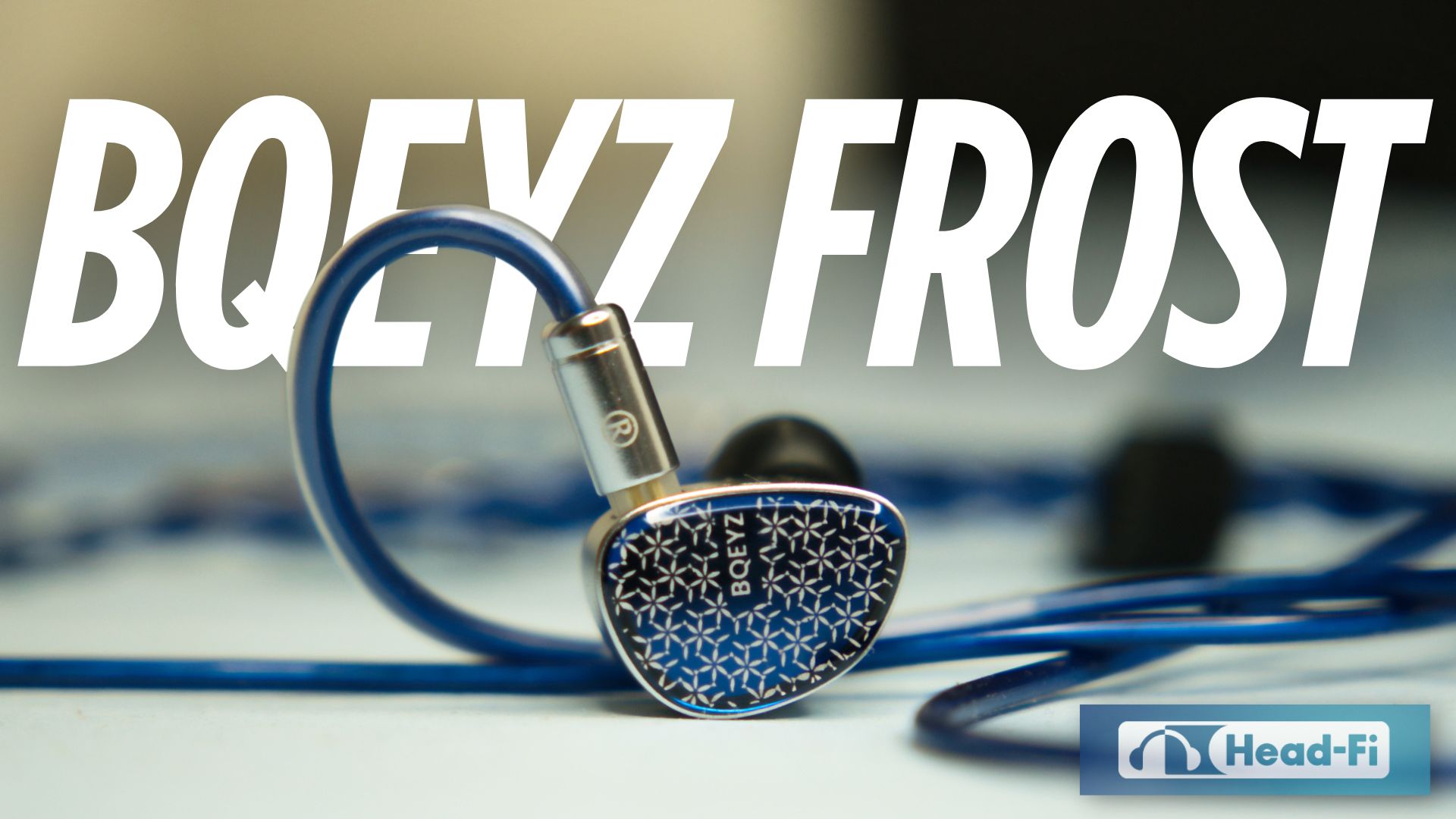
Disclaimer
All thoughts and opinion are mine and honest to my findings at the current circumstances. I hardly ever change my opinion on an IEM in the future, but if it happens, I promptly update the review in no-time, so rest assured that this review is the most up-to-date impressions you can get from my understanding.
I always approach to write the sonic analysis with perfect choice of words instead of going to the extreme, which leads to either bashing or shilling of the product & doesn’t portray true reflection for most of the users. I will include a brief reaction while starting the review which can give you my concise yet subjective perspective to evaluate & understand how I see this IEM in the current market competition considered the price range.
If you have any questions, ask me in the comments and I will try to answer them. Leaving all this aside, Audio is a subjective hobby, but I prefer objectivity, and you can see the reflection of this trait in my writing. Hope you enjoy the review.
RANKING LIST
Access - Argha - Ranking List
I mostly rank the IEMs that I review in
- Tonality (Objective Performance)
- Technicalities (Subjective Performance)
- Bias (To portray my personal liking)
- Value (Addressing current market situation)
- Rating (Average of 10 individual aspects in Sound Quality)
MY EARS & PREFERENCE
Things I don’t like
- Very high amount of bass
- Lean lower midrange
- Muted upper midrange
- 5-6khz elevation
- 10khz dip
- Natural & Life-like Timbre
- 2nd Order Distortion
- Treble like JM1-DF
- Hint recessed 1khz region
- Resolution
Gears Used for Review
- Low Powered Dongle – Venture Electronics Abigail PRO
- Moderately Powered Dongle – Moondrop Dawn PRO
- High Powered Dongle – DITA Navigator
- Portable DAC/AMP – Chord Mojo 2
- Desktop AMP – JDS ATOM 2
- Desktop DAC / AIO – Rose Technics RT5000
- All these Equipment are fed by USB after filtering through JDS Synapse
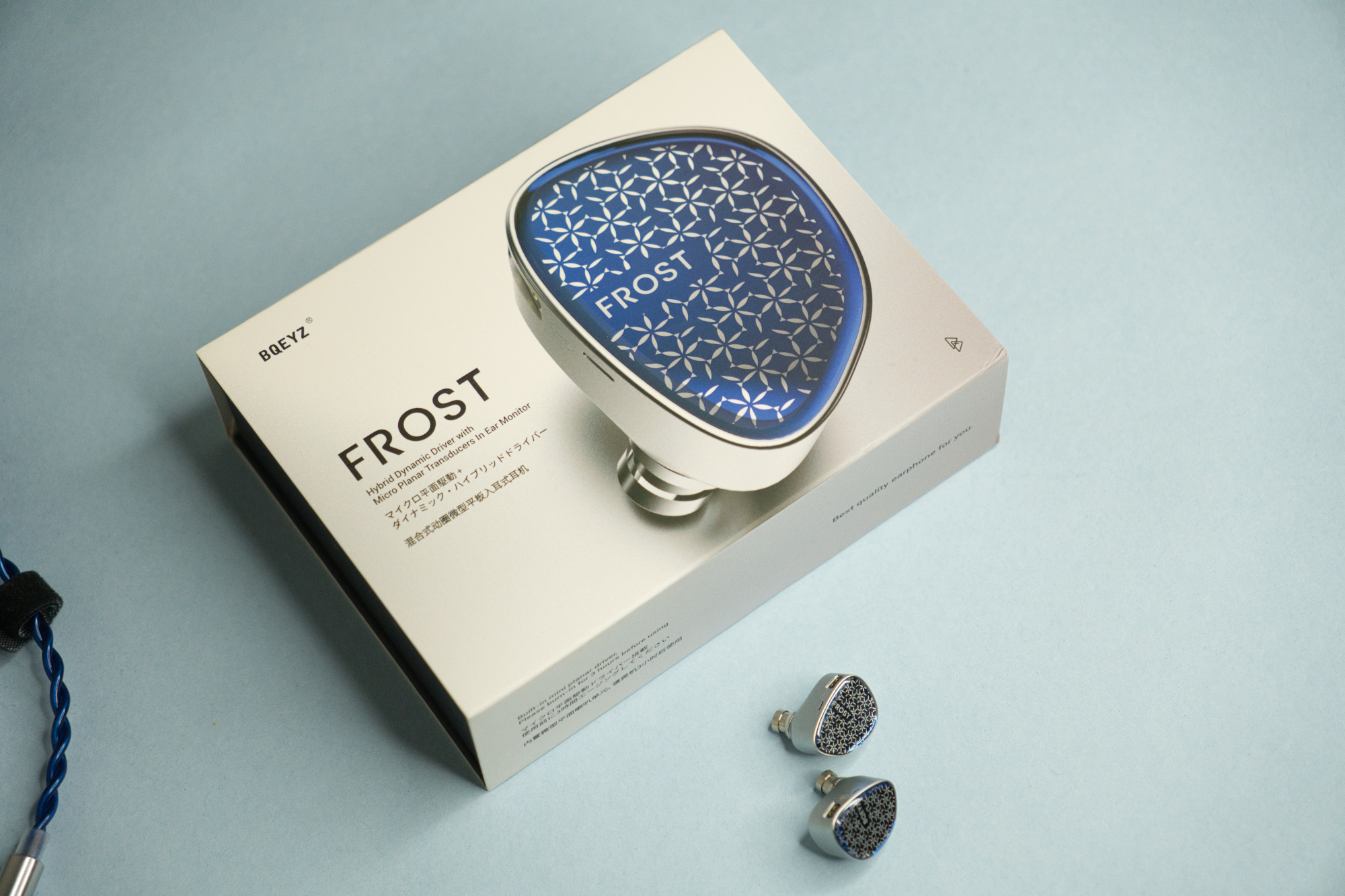
Introduction
BQEYZ has made a name for itself by providing products that bring more than they promise, and the Frost is no exception to this rule. This planar magnetic/dynamic hybrid IEM delivers a unique sonic identity that prioritizes music over analytical detail.
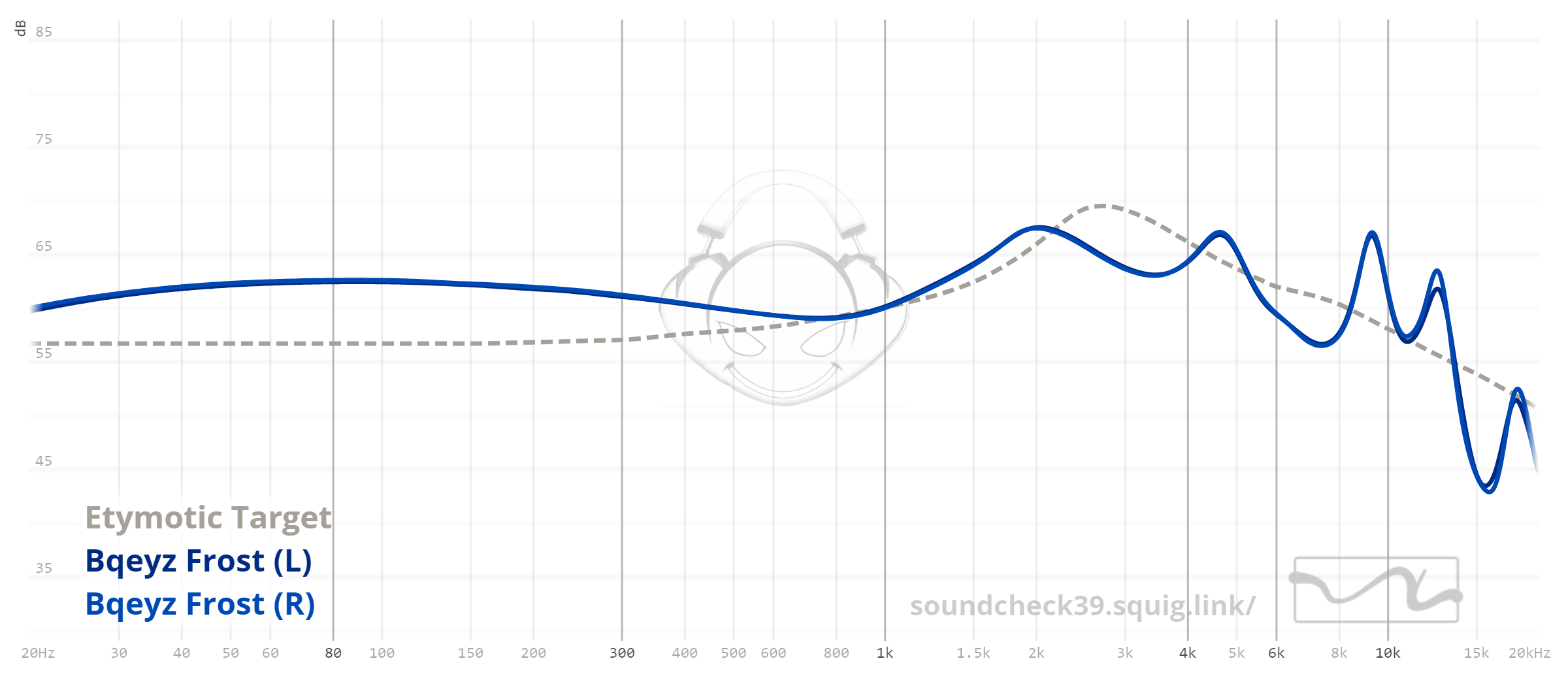
SOUND : OBJECTIVE
Sub-bass (20-100Hz)
Most notable is the way the Frost holds a distinct, separate bass layer without encroaching on the mid-bass or bottom midrange. This disciplined separation is indicative of good tuning skill. Controlled presentation keeps listening fatigue at bay while providing sufficient foundation warmth to create a listening atmosphere. Massive Attack's "Angel" is an example of the Frost's low extension capabilities along with composure, although it doesn't impart the complete physicality some would want.
Mid-Bass (100Hz-250Hz)
Like the sub-bass, the mid-bass has an analog-like character in its attack and decay—neither unusually fast nor tediously slow. This quality lends to an enveloping quality in which the mid-bass encircles you for a transportive listening experience. Its warmth provides comfort for lengthy sessions to be enjoyable and non-fatiguing.
It's this warmth that accompanies trade-offs. The mid-bass is not very resolving and has some textural lack of finesse. Its control is a bit loose on the side—a apparently conscious decision that has some warmth bleed into the lower midrange, enriching male vocal parts but sometimes overcrowding the soundstage when songs get dense.
Lower-Midrange (250Hz-1.5kHz)
Textures in this range are well represented—you can hear rasp in male voices or woody resonance in cellos with good realism. Even with the heat radiating from the mid-bass, the lower midrange itself is a bit lacking in inherent richness and sometimes sounds almost neutral or even cool. Instruments and vocals during bass-heavy material in this range can be faintly obscured by the strong bass presentation, so guitars and other midrange instruments tend to lose some definition in competition with playing bass lines.
Upper-Midrange (1.5kHz-4kHz)
One of the main strengths in this area is the utter lack of sibilance. Those potentially harsh 's' and 't' sounds are perfectly in check, creating a much better listening experience, particularly with contemporary pop records that tend to have hotly mastered tracks in this domain. In the same way, the Frost has good control over metal artifacts such that instruments like cymbals do not gain an artificial, tinny quality.
There is a subtle peak around the 3-4kHz mark that can occasionally make certain tracks sound slightly more aggressive than strictly neutral. Resolution and detail retrieval in this range are competent without being outstanding. The focus appears to be on overall musicality and smoothness rather than forensic analysis.
Lower Treble (4kHz-8kHz)
The Frost provides warm, crunchy bite and snap for electric guitars and snares, with added excitement and realism to metal and rock styles. The irregularity, though, causes the lower treble to occasionally fall short of shimmer and brilliance at all times. It can provide detail but doesn't always offer it with the smoothness or nicety that some people might desire.
Upper Treble (8kHz and above)
Resolution is worse here, the asymmetrical response blurring details and subtleties. "Air" and "space" that good high-frequency extension gives to soundstage are lost. On classical or electronic music with heavy high-frequency content, cymbals aren't fully metallic in appearance or in decay, sounding more choppy than life-like. This range ends up detracting from what is otherwise a generally good performance in other frequency ranges.
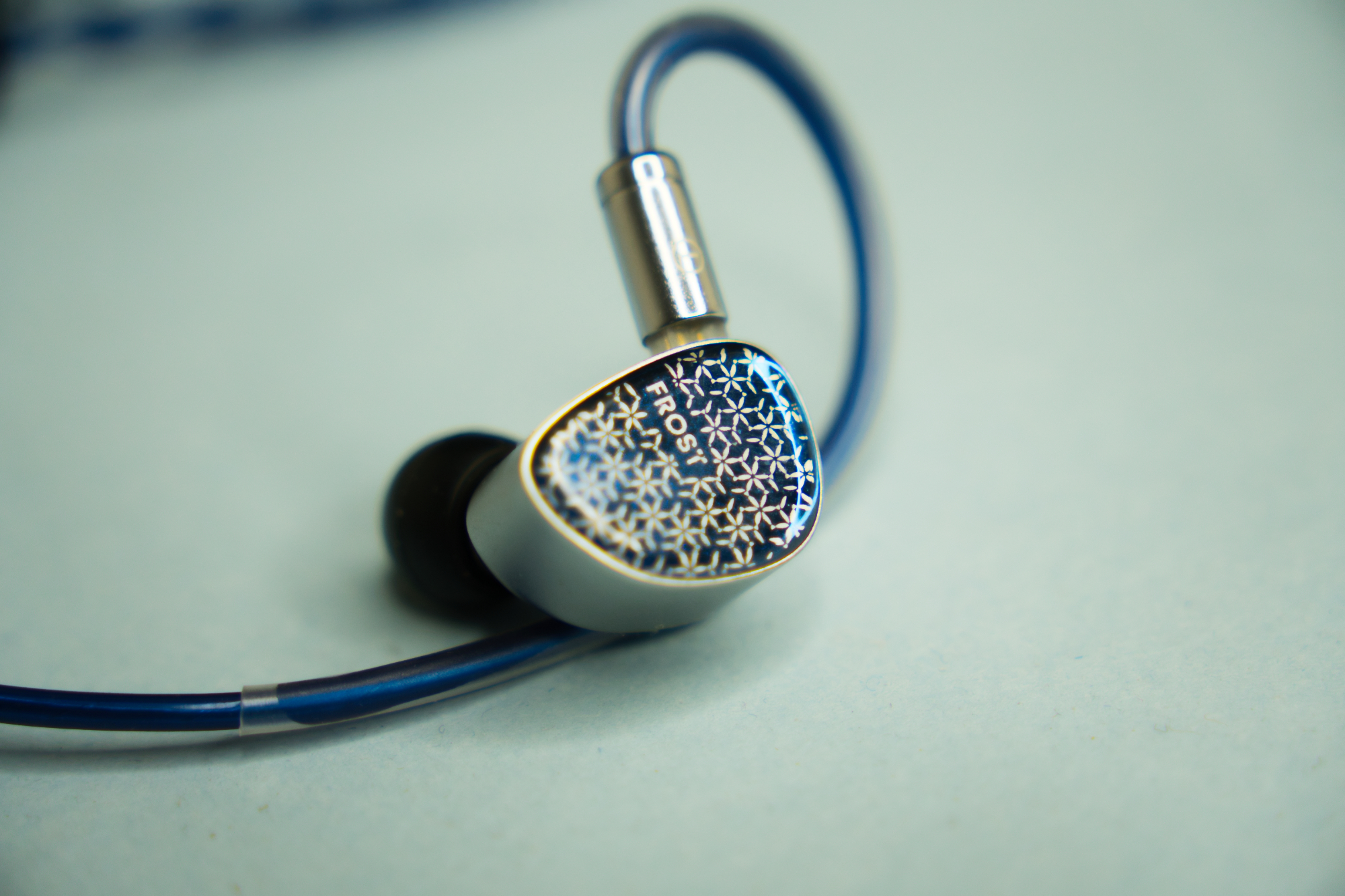
Timbre
Drums
Violin
Guitars
Piano
Saxophone
In general, the Frost is a musical and smooth tonal presentation over strict accuracy, with its treble limitations making the naturalism of many instruments less than ideal.

SOUND : SUBJECTIVE
Soundstage
The Frost creates an impressively immersive soundstage that draws listeners into the music without resorting to artificial stretching techniques. The presentation feels coherent and believable, offering good depth that allows perception of layered instruments at varying distances from the listener. Width extends comfortably beyond the head's boundaries with well-placed separation between left and right channels.
The primary limitation comes in the height axis, which doesn't quite have the same sense of expansiveness as its width or depth. Although this doesn't greatly affect most genres, it keeps the soundstage from having a truly holographic or fully three-dimensional presentation that some high-end IEMs provide. However, the overall spatial presentation is still interesting and natural sounding.
Imaging
Where imaging falls short is in spatial acuity, especially during multisonic passages where numerous instruments play as one. Individual positions are generally intact but lack the crisp definition and absolute clarity of IEMs that are best at imaging. For all but the most discerning listeners, this level of performance will be more than satisfactory, although imaging aficionados may wish for greater specificity.
Dynamics
The presentation retains a natural character rather than an artificially hyperrealistic one. Music sounds energetic with proper weight to notes and natural volume changes instead of unnaturally severe contrasts. This dynamic ability makes the Frost interesting in multiple genres, especially those dependent on dynamic contrast such as classical music or well-mastered jazz records.
Resolution
The emphasis seems more towards smooth, musical presentation than unearthing every microdetail in recordings. With careful equalization compensating for the treble irregularities, the perceived resolution could enhance significantly, but in its factory state, it provides good but not great detail retrieval.
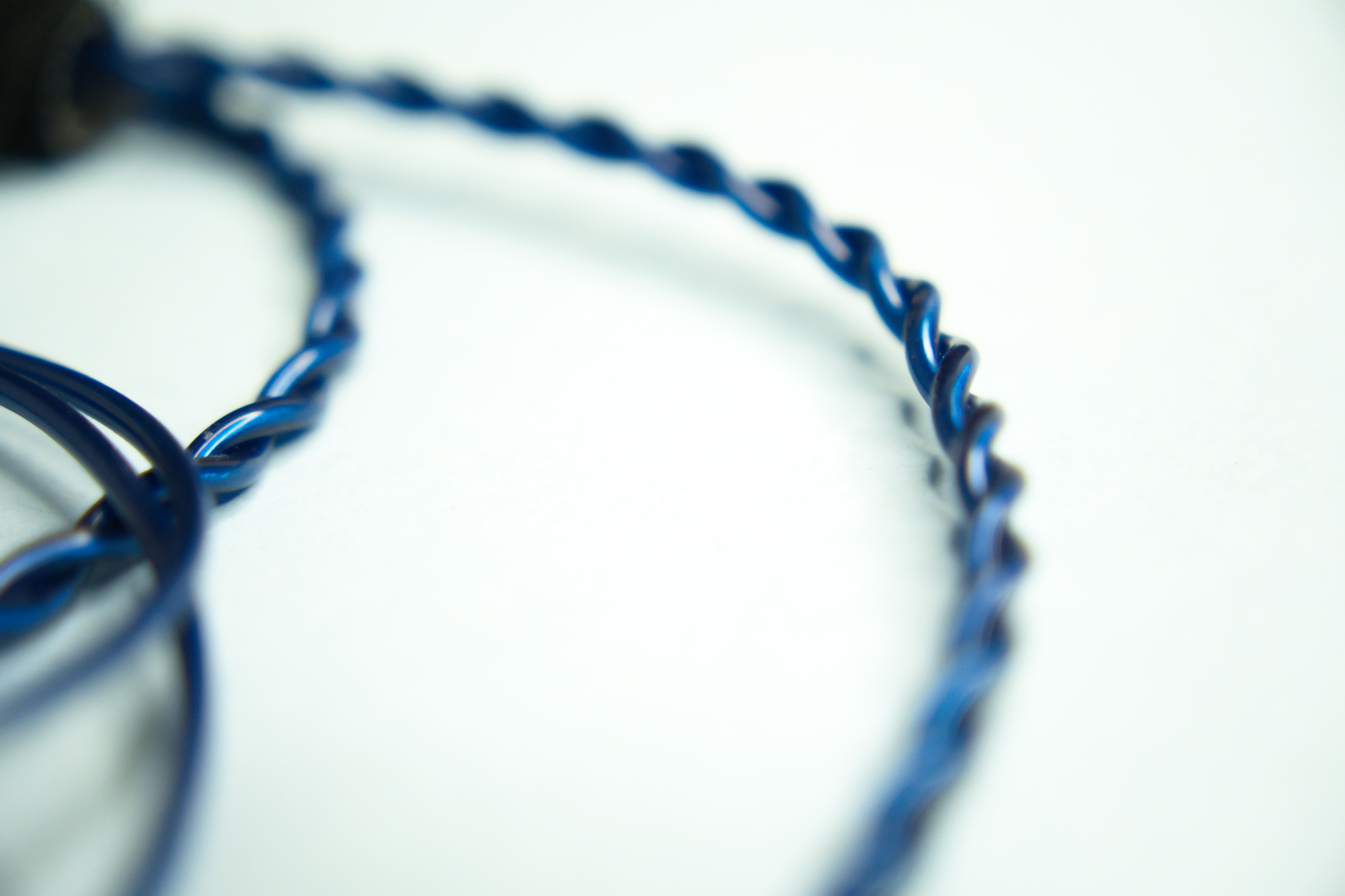
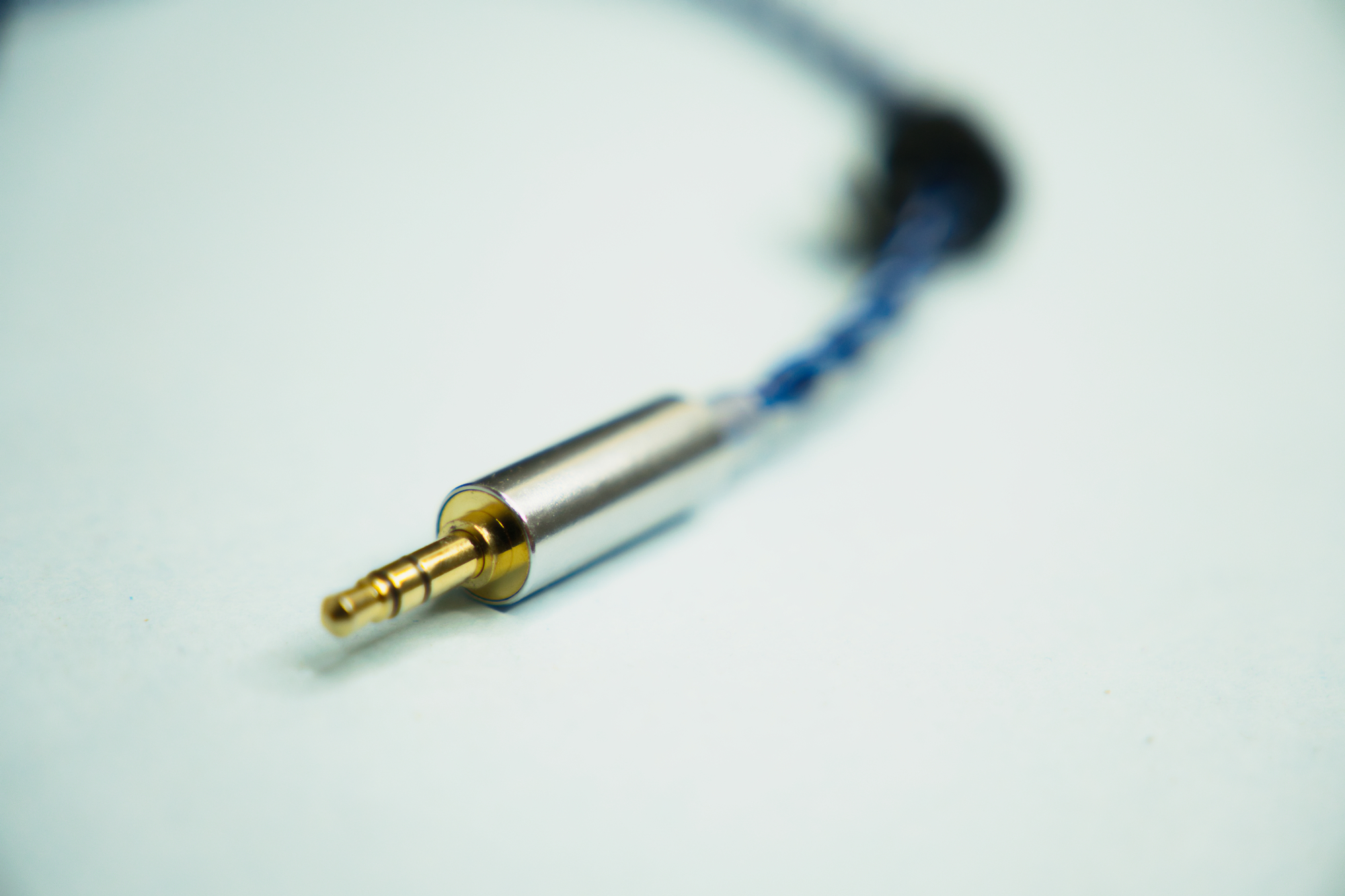
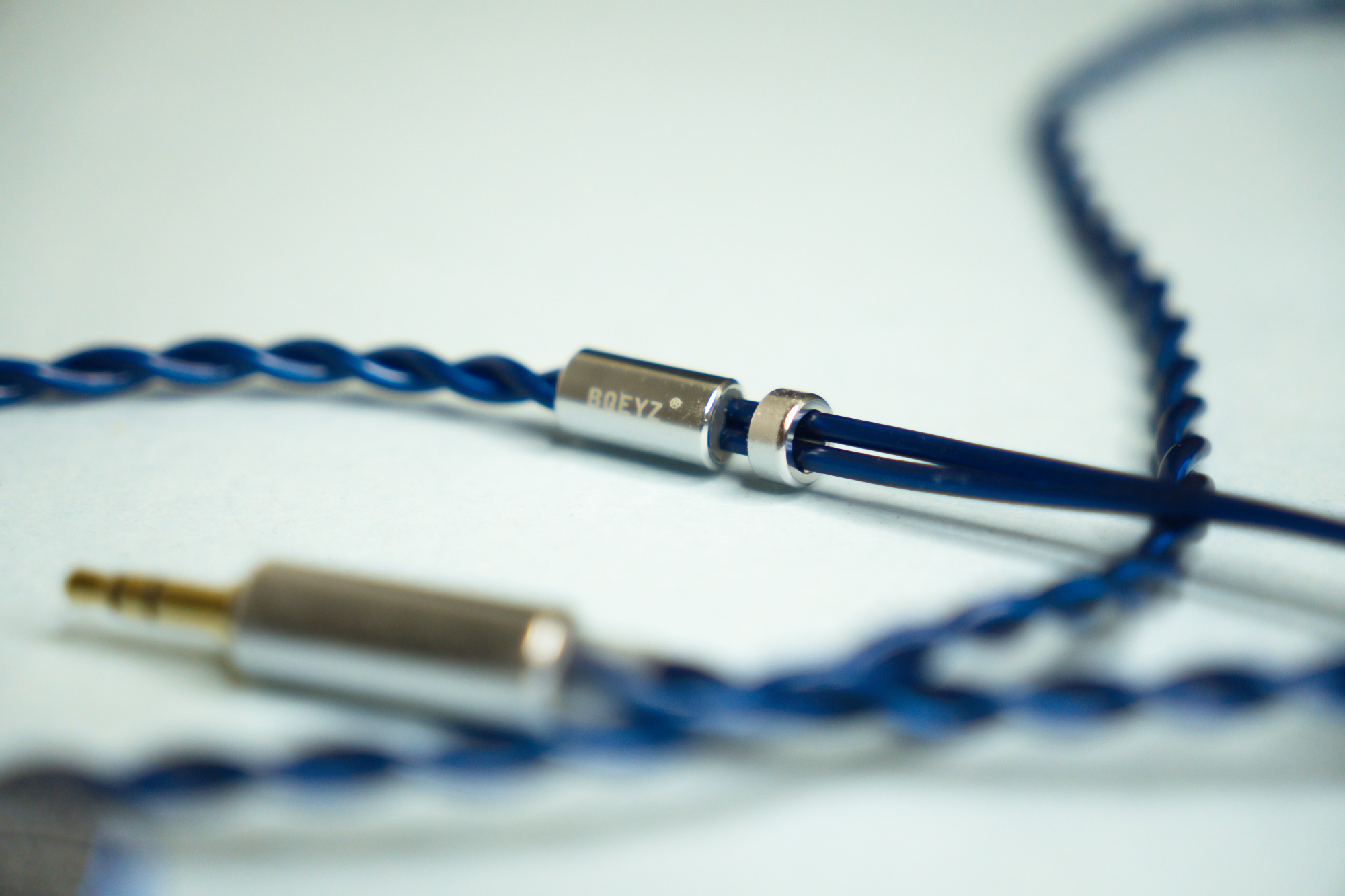

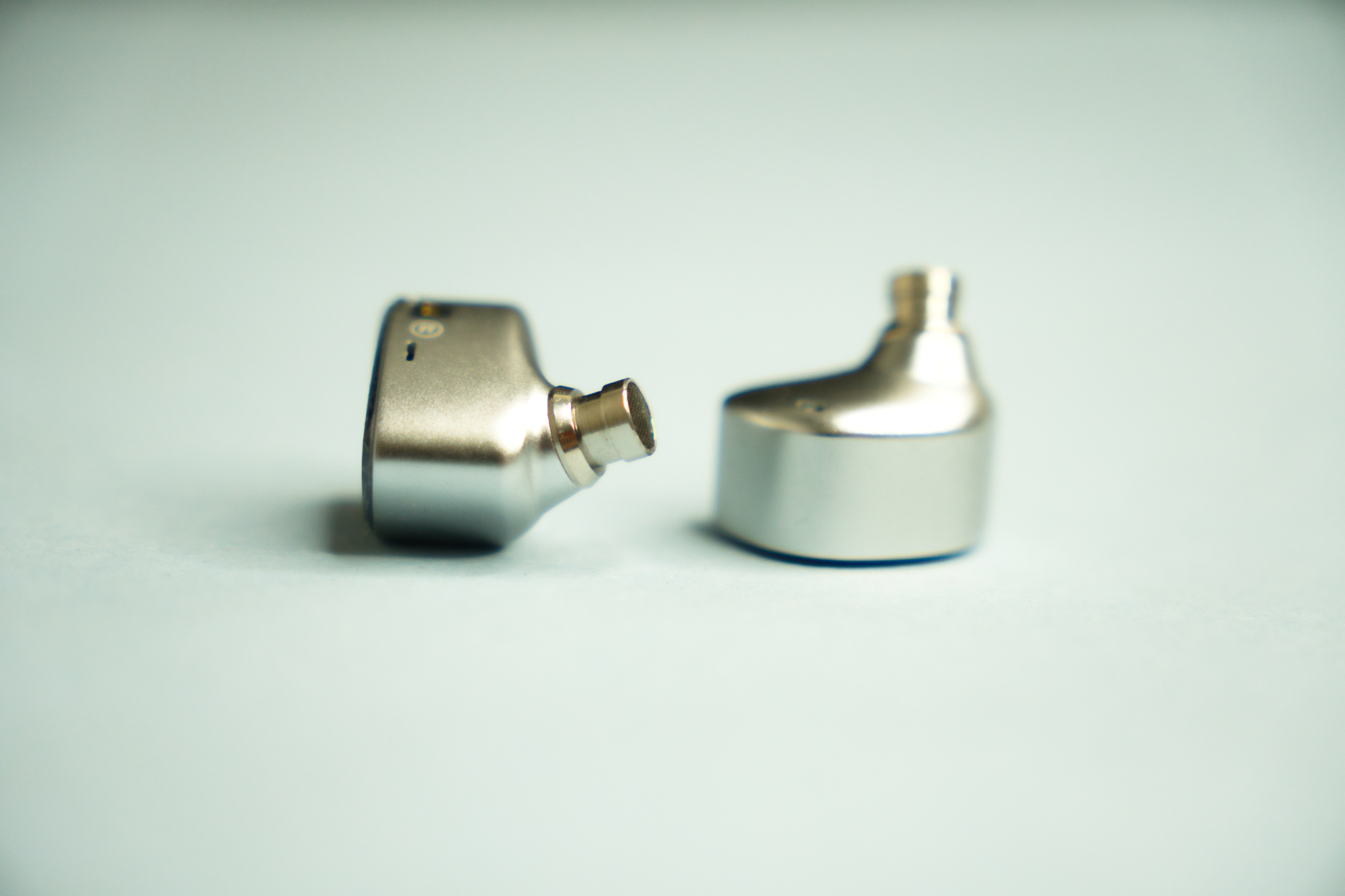

PACKAGING & INCLUDED ACCRSSORIES (Very Average Tip & Case Quality)
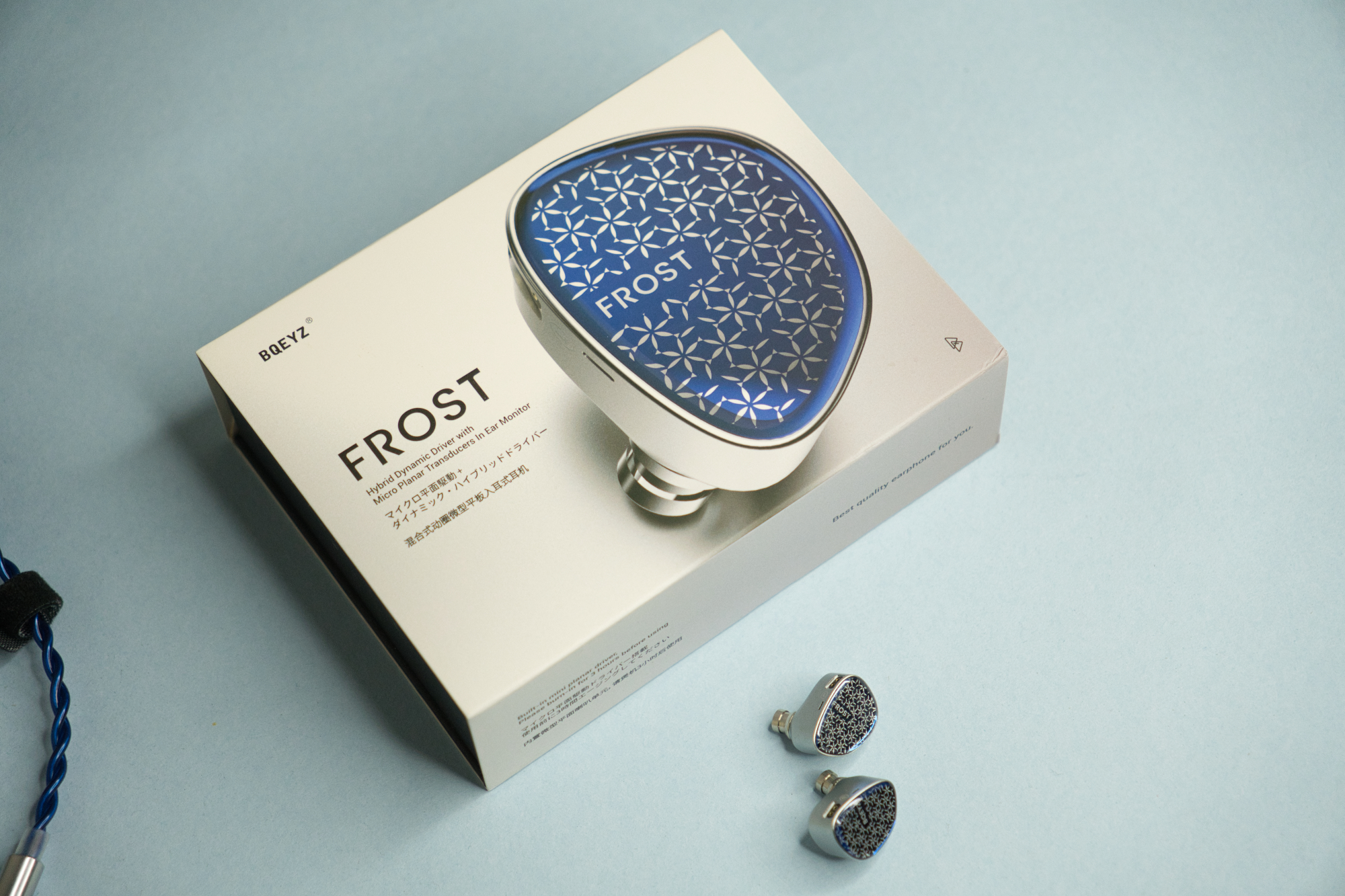
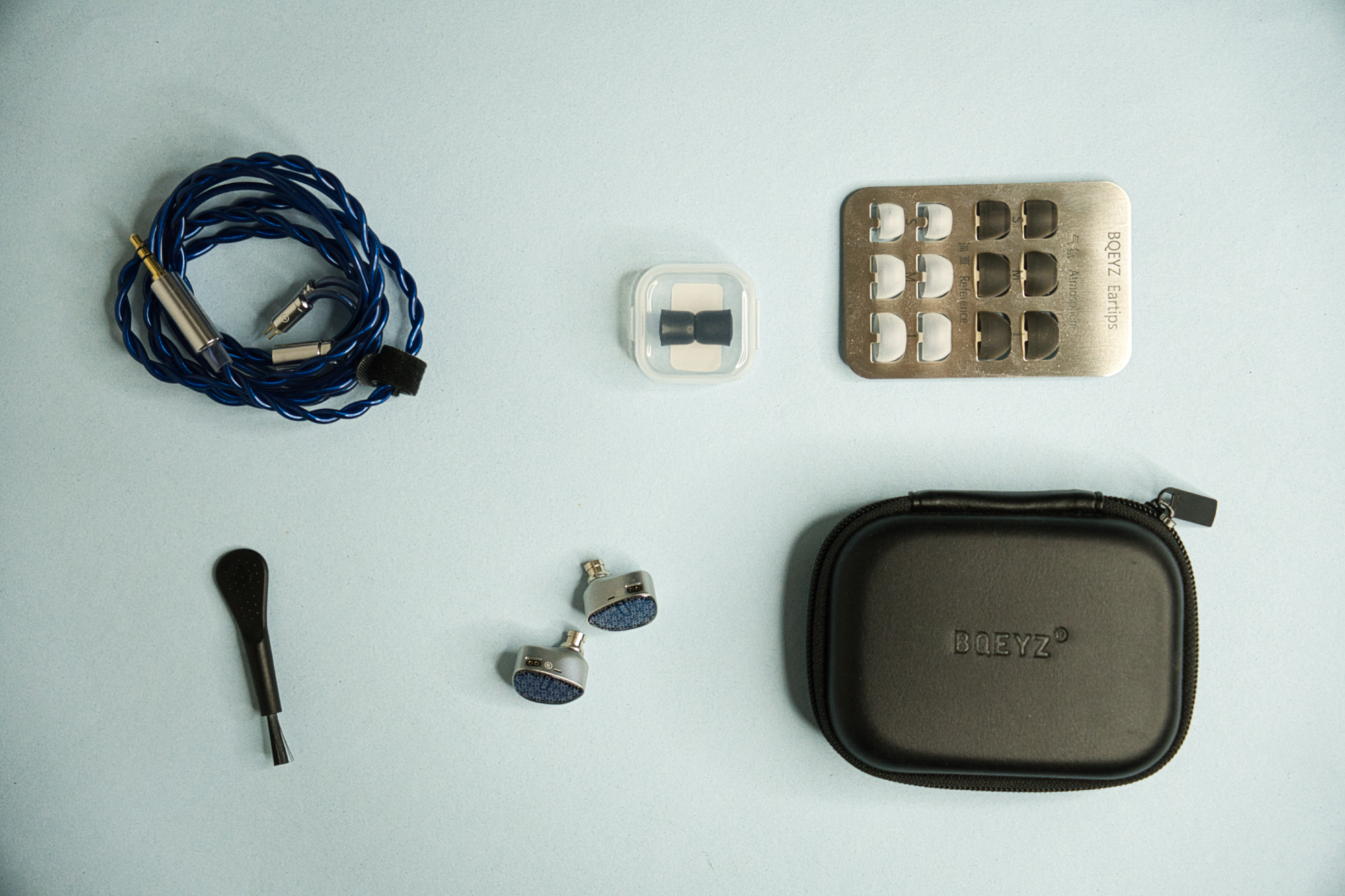
Conclusion
Still, critical weaknesses in the upper treble range, sometimes recessed lower midrange, and low resolution persist to keep it from reaching high levels of excellence. The timbre irregularities between different instruments also point to the trade-offs inherent in its tuning philosophy.
For those listeners who value musicality, warmth, and bass presence over analytical insight or treble extension, the Frost is a consideration. It's not for bassheads wanting earth-shaking rumble or treble freaks and detail-seekers analyzing every recording subtlety. Rather, it sits in a middle ground that focuses on fatigue-free listening pleasure with sufficient technicality to meet most non-critical listening applications.
The BQEYZ Frost is ultimately a laudable effort that lends its own unique personality to the competitive IEM field. Not ideal, but with an attractive sound signature and technical proficiency in some areas, it is an interesting choice for those whose tastes overlap with its own specific sonic bent.
